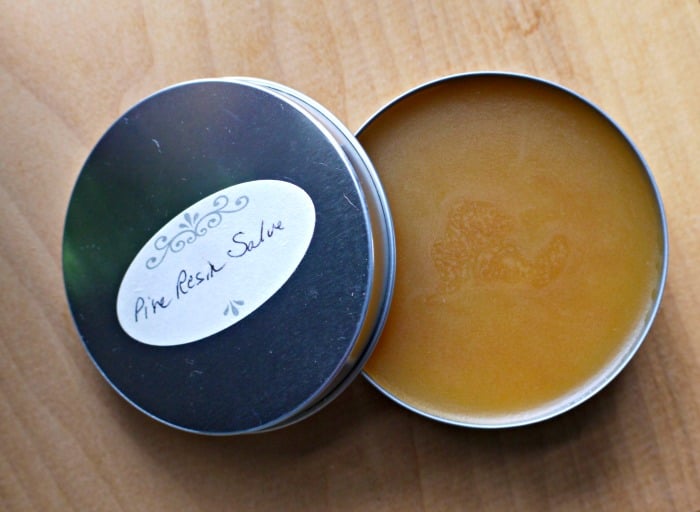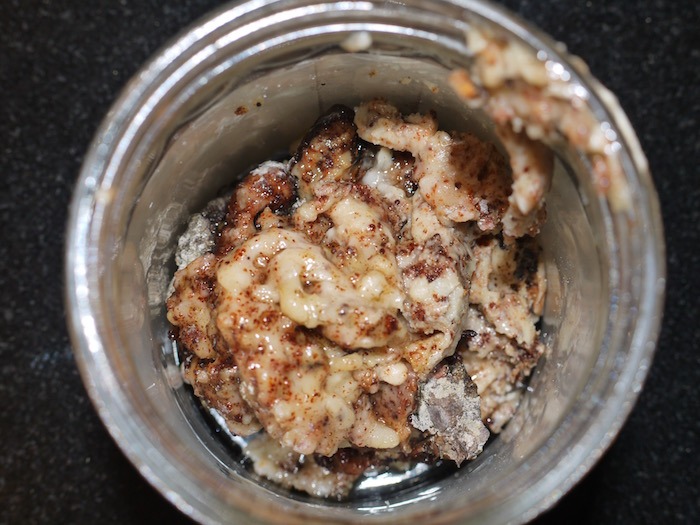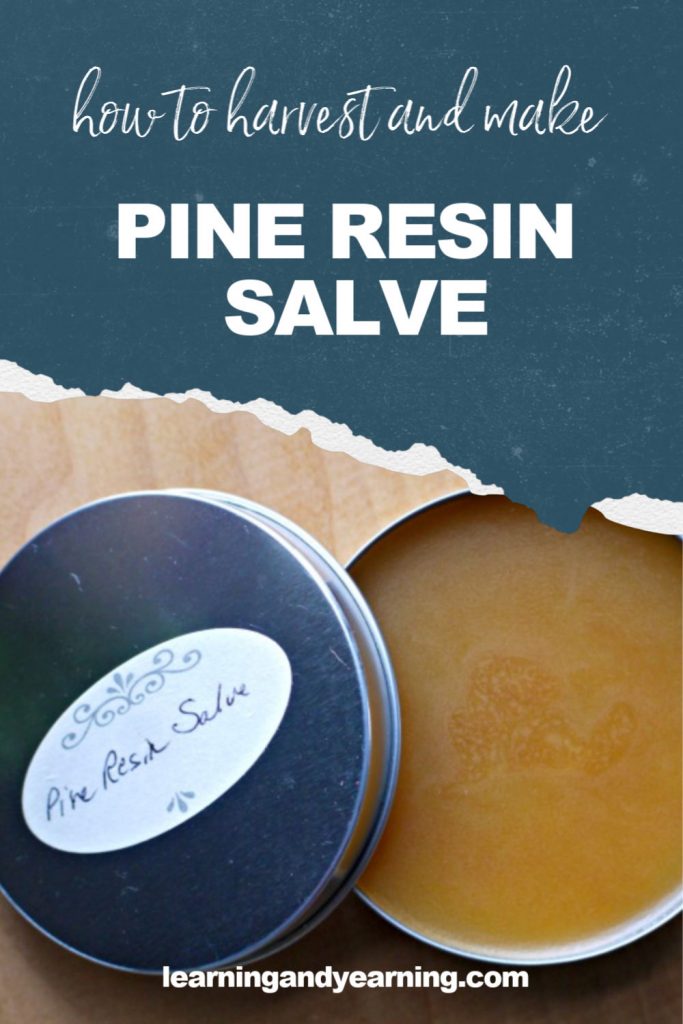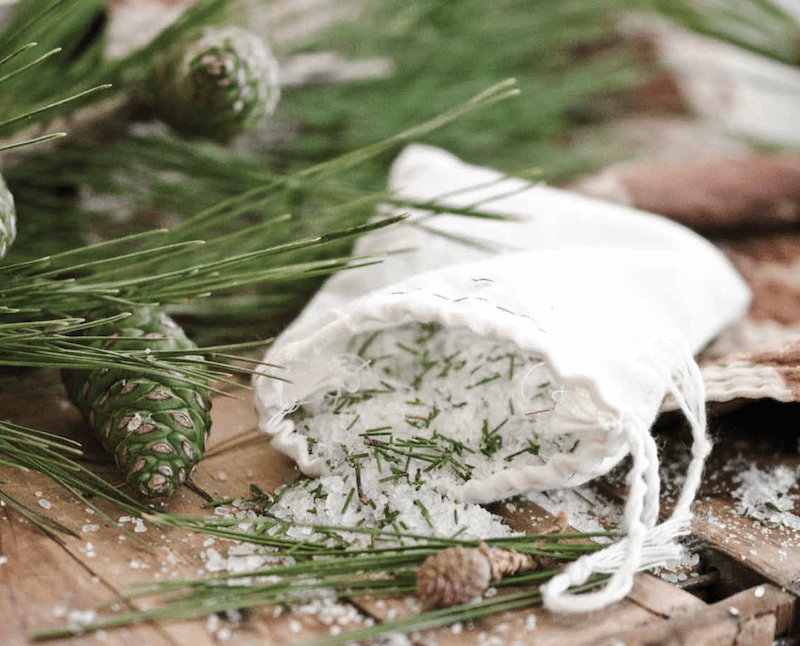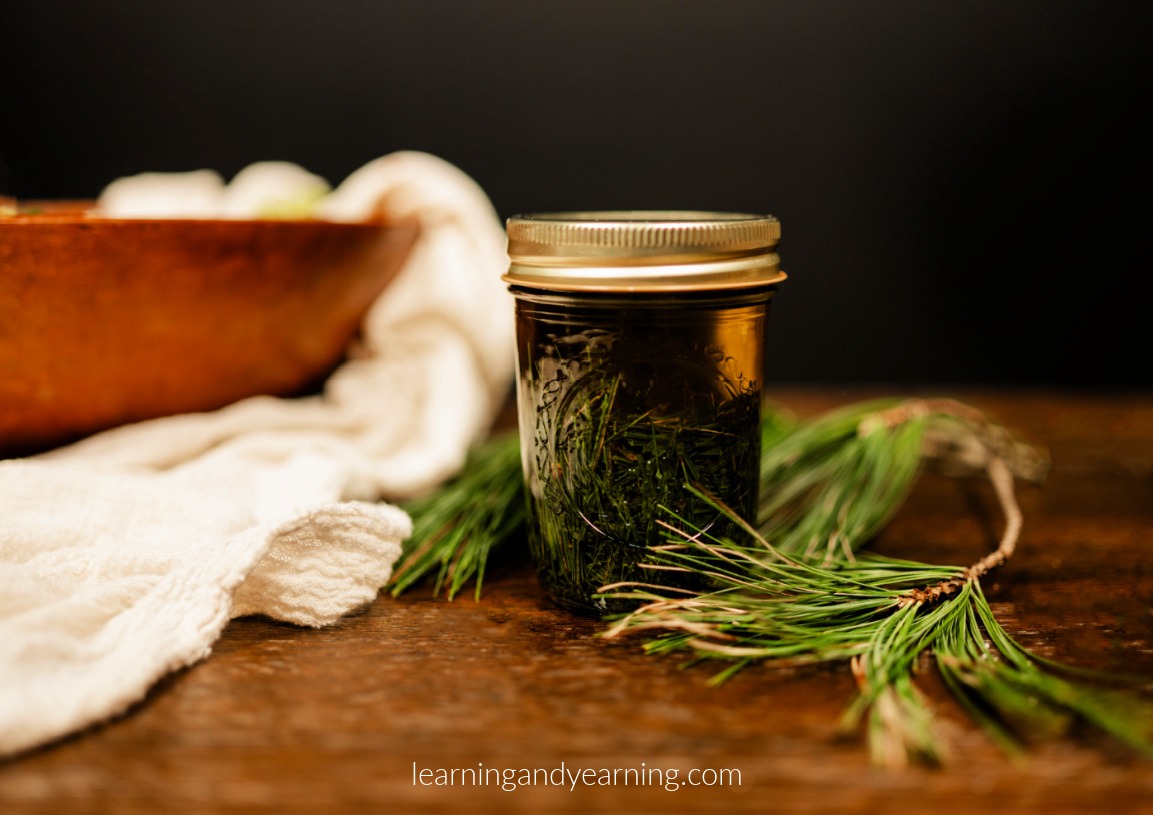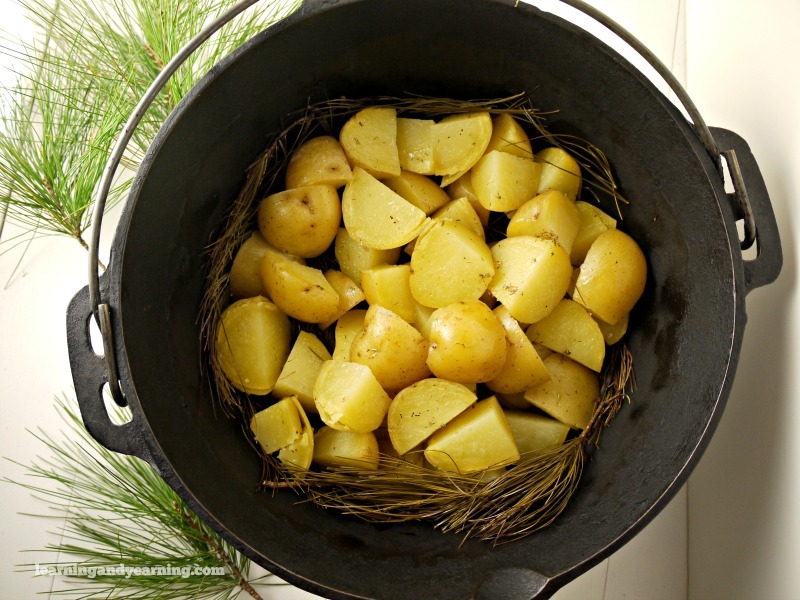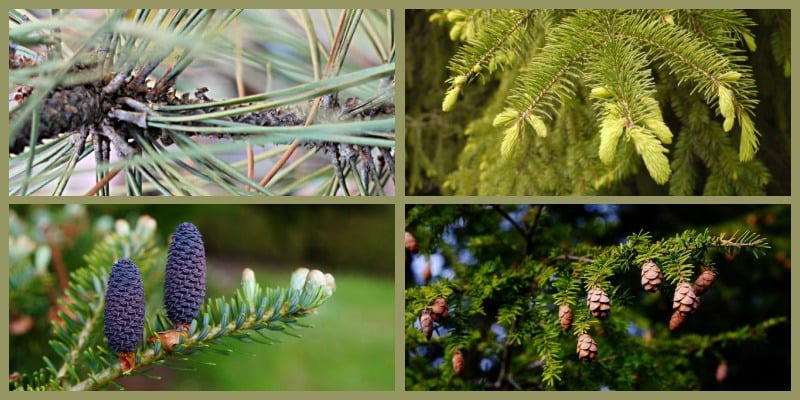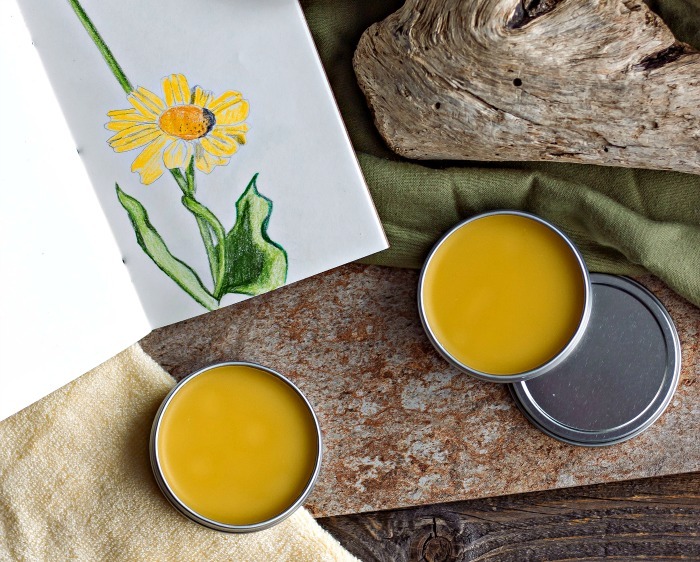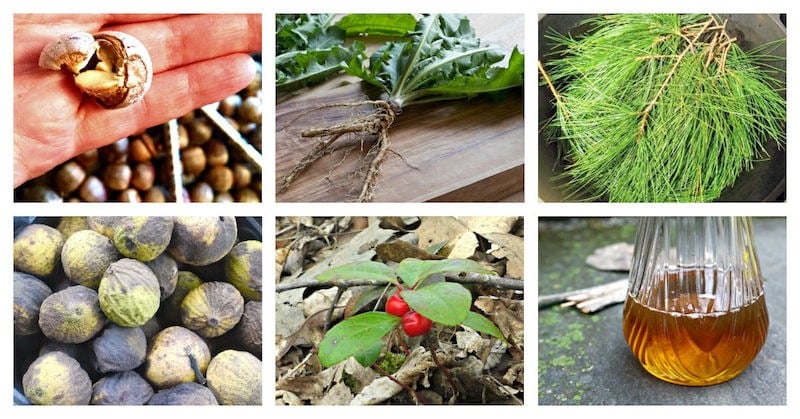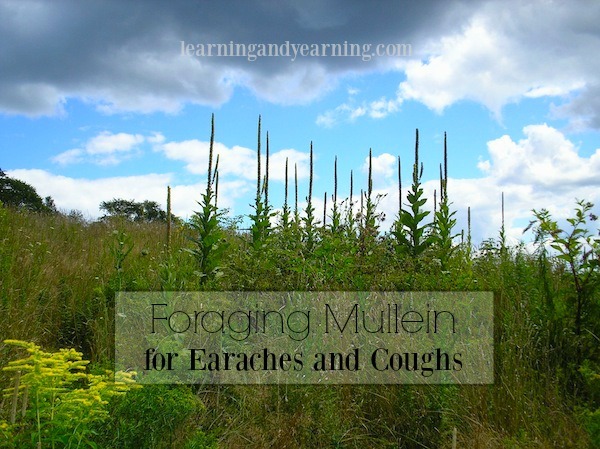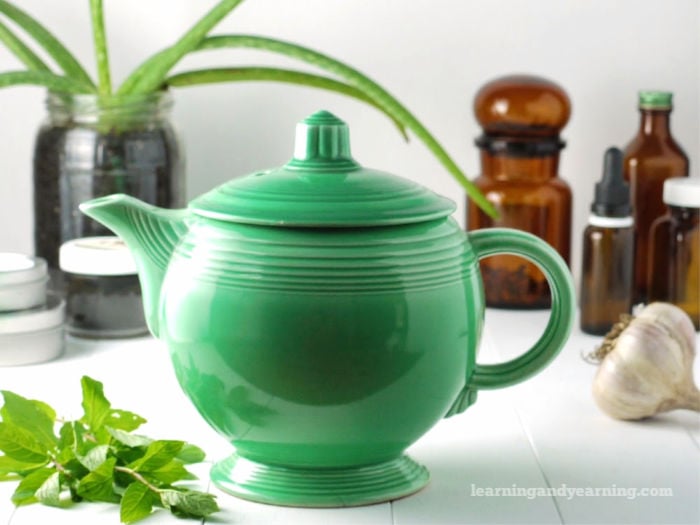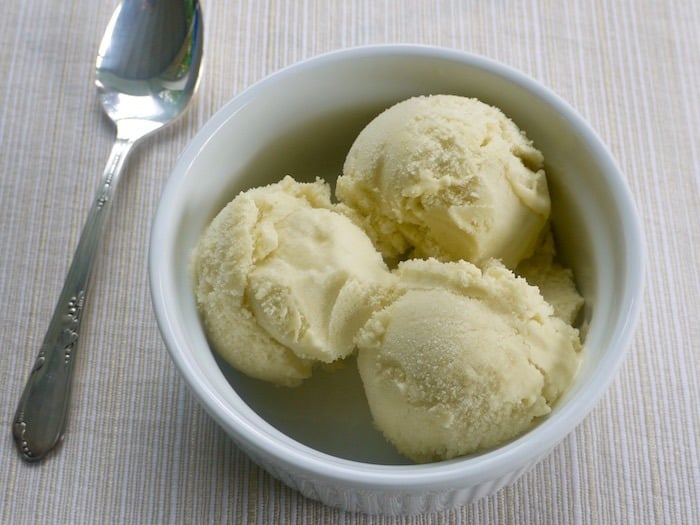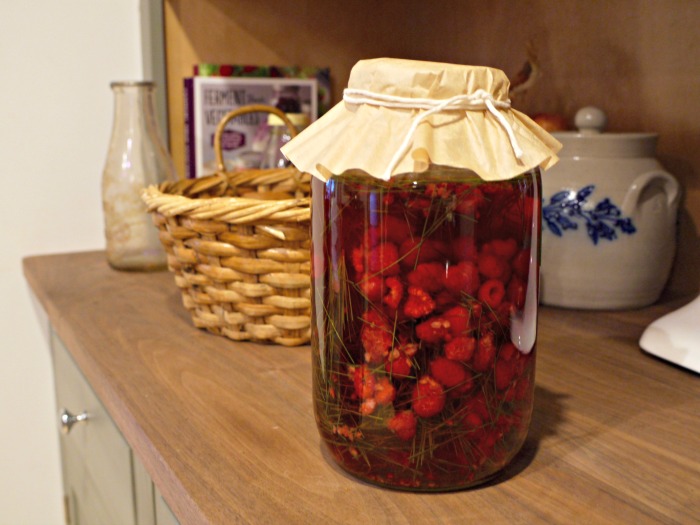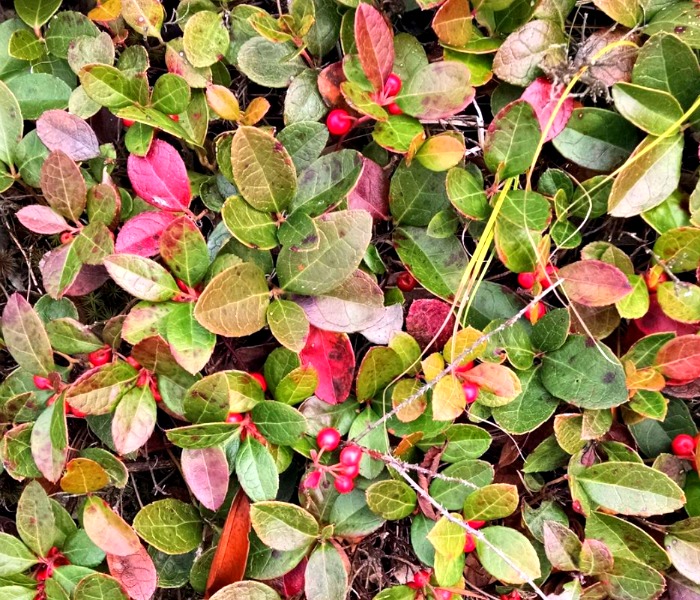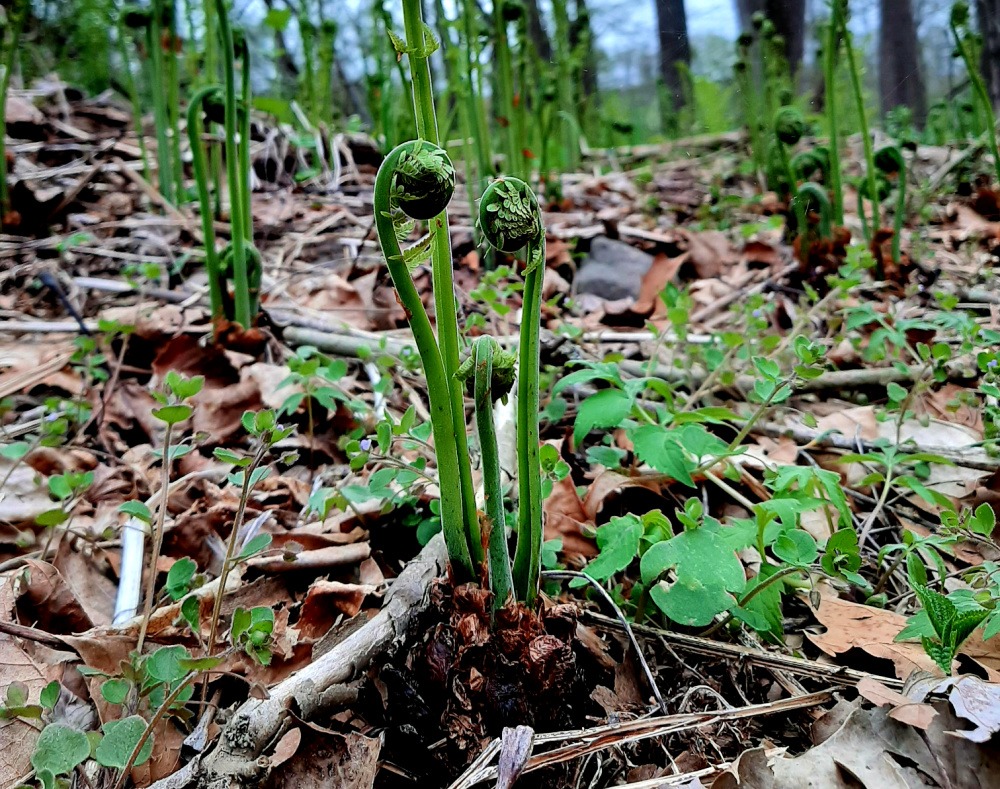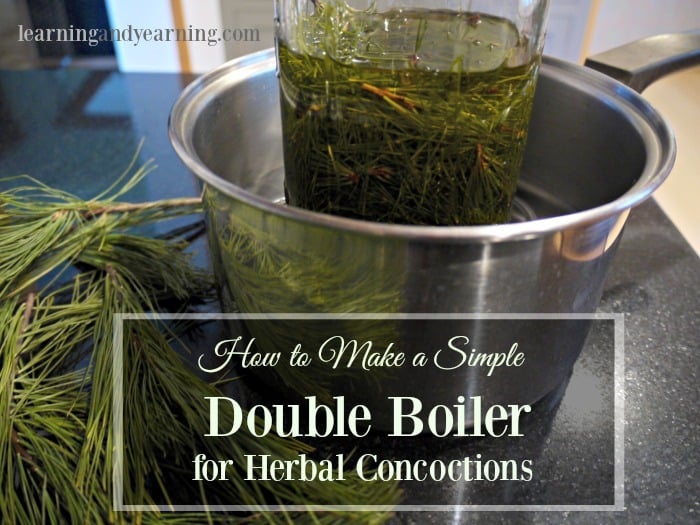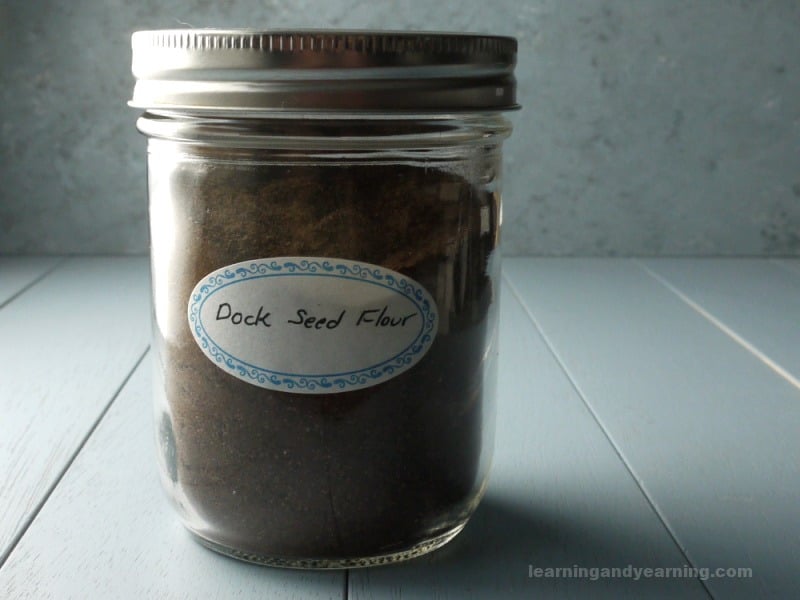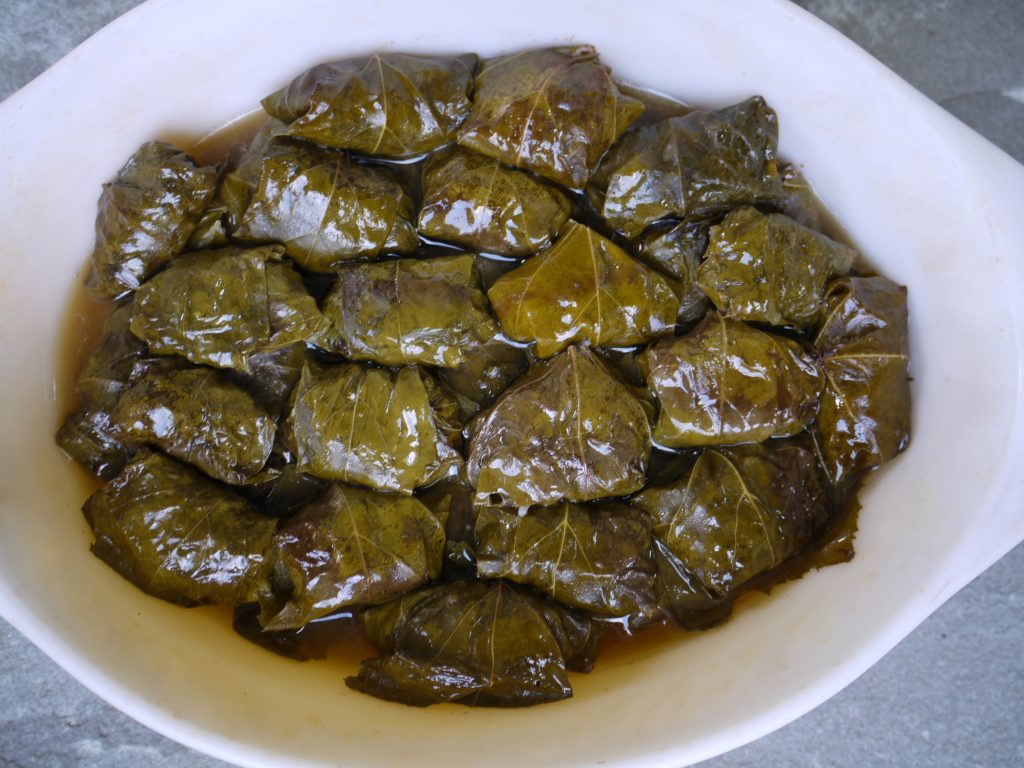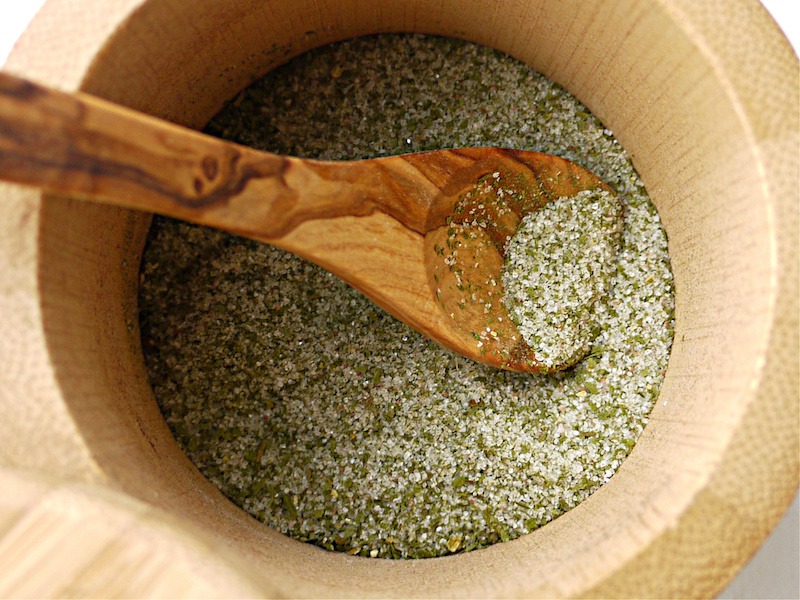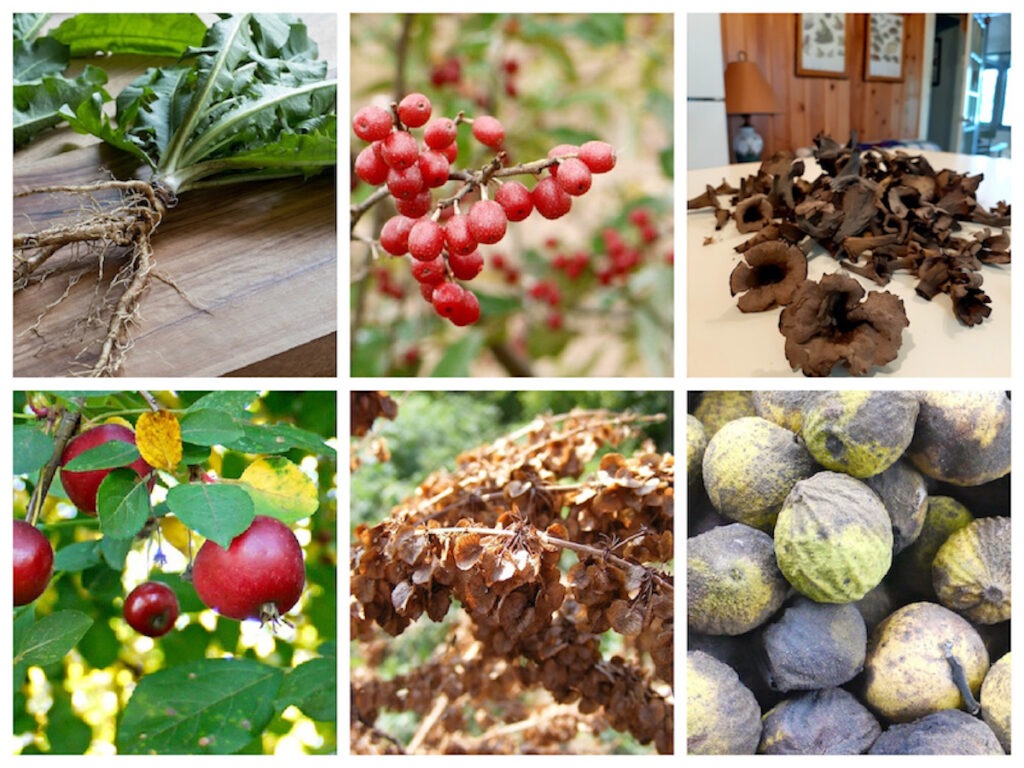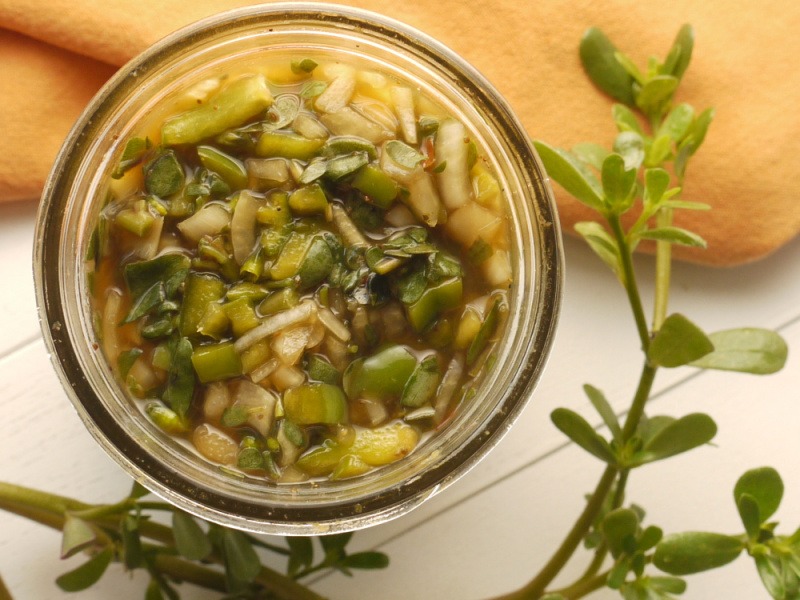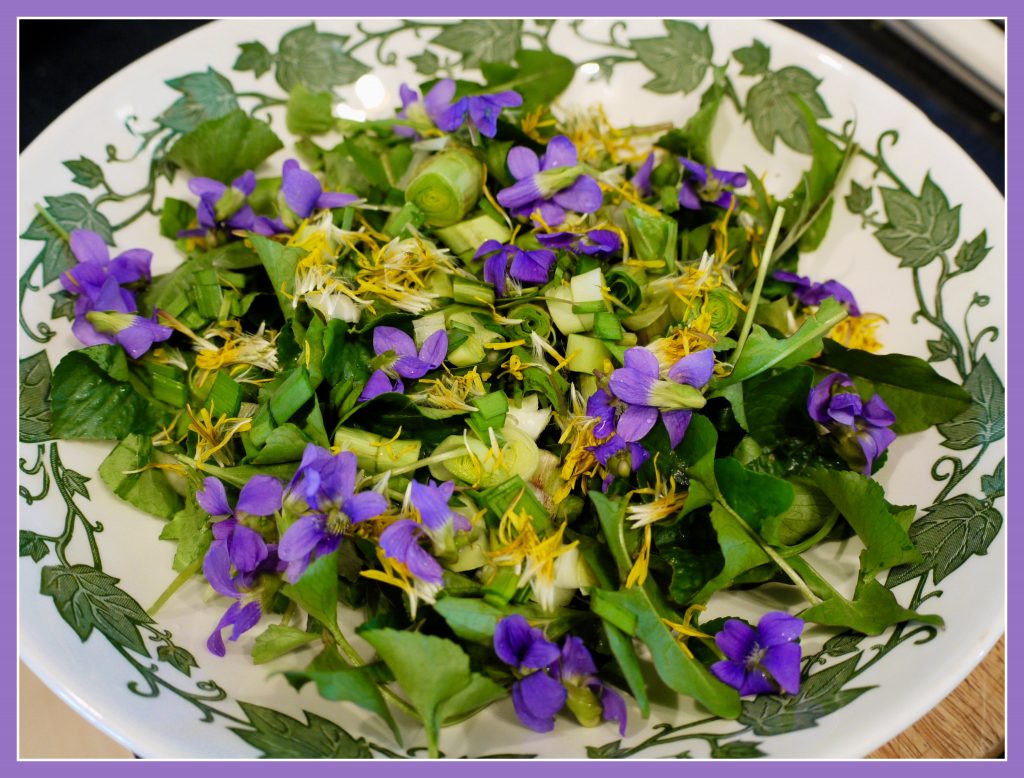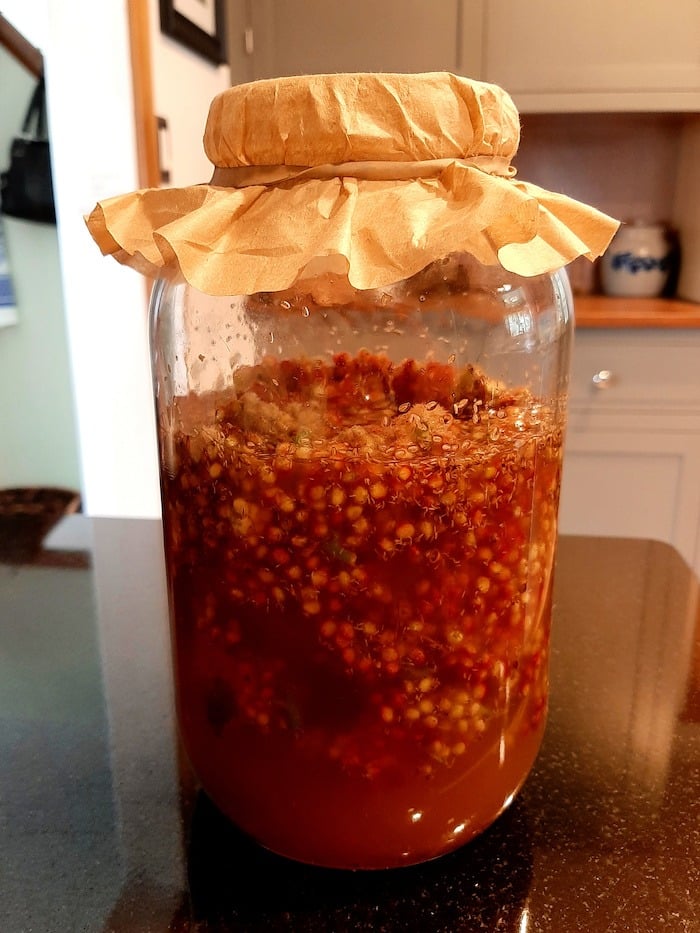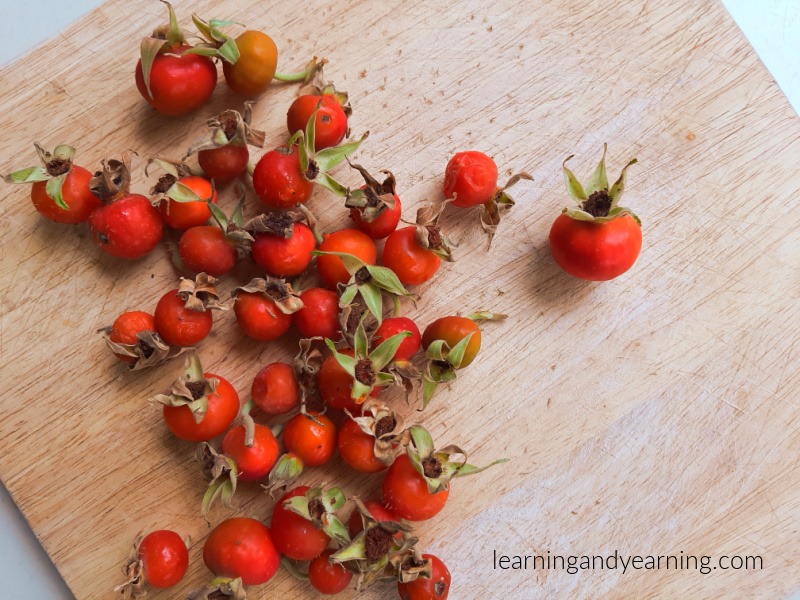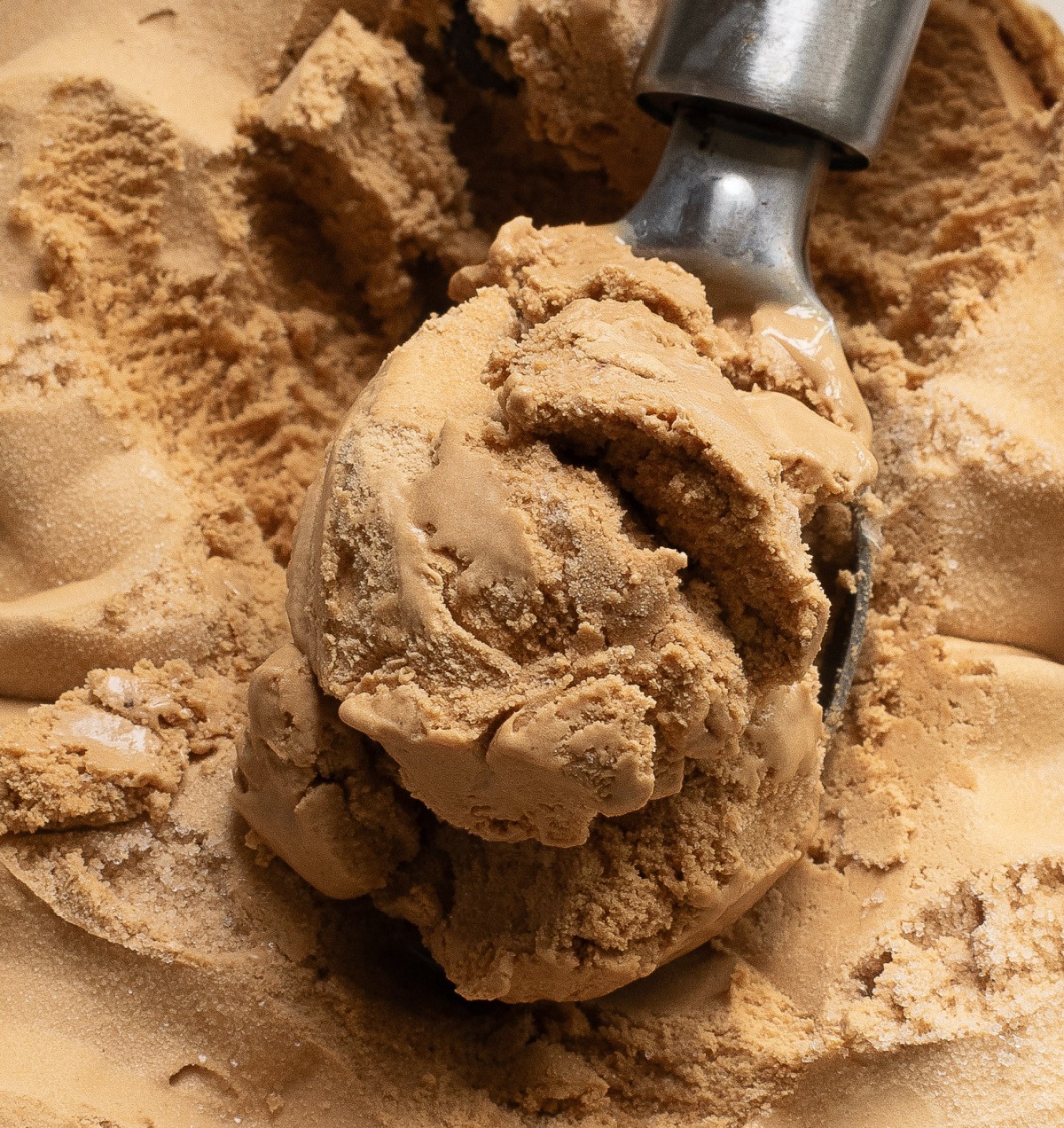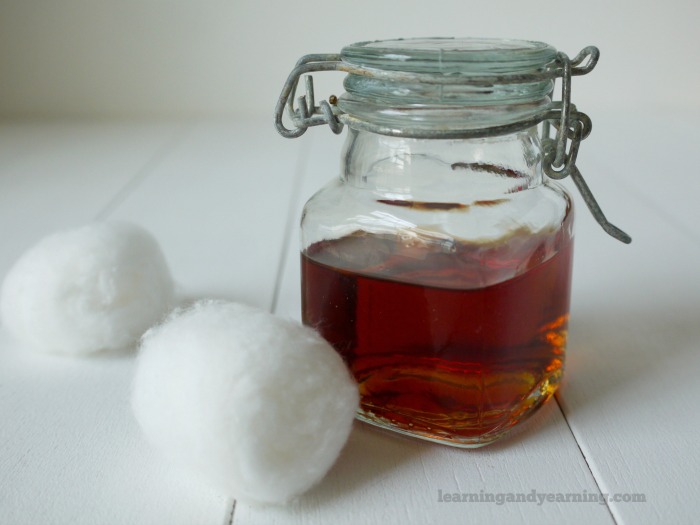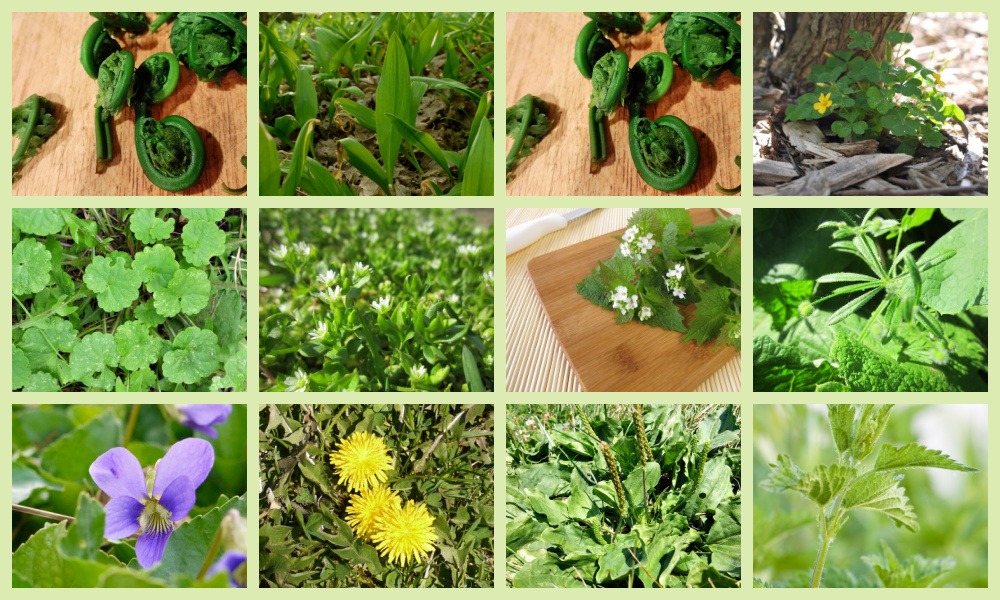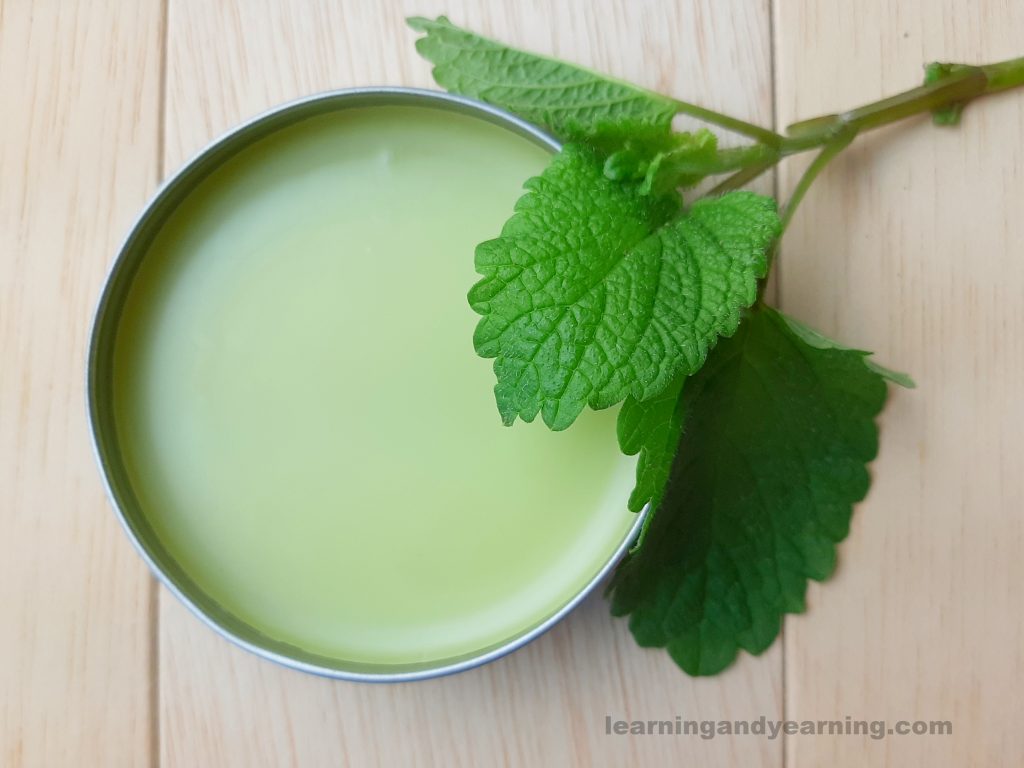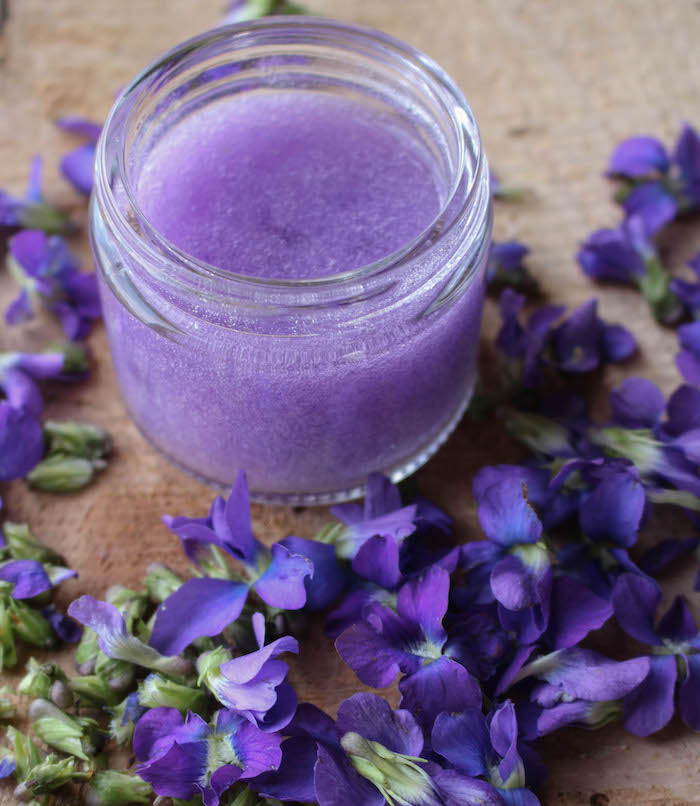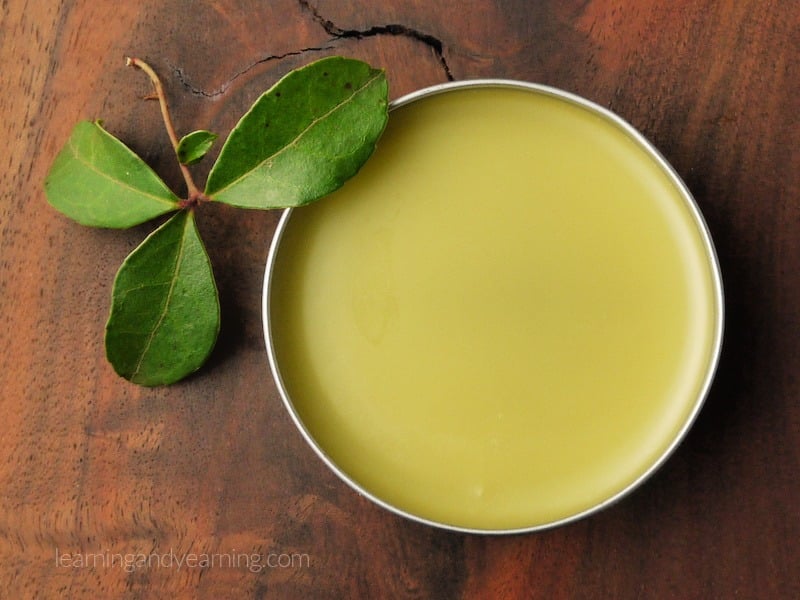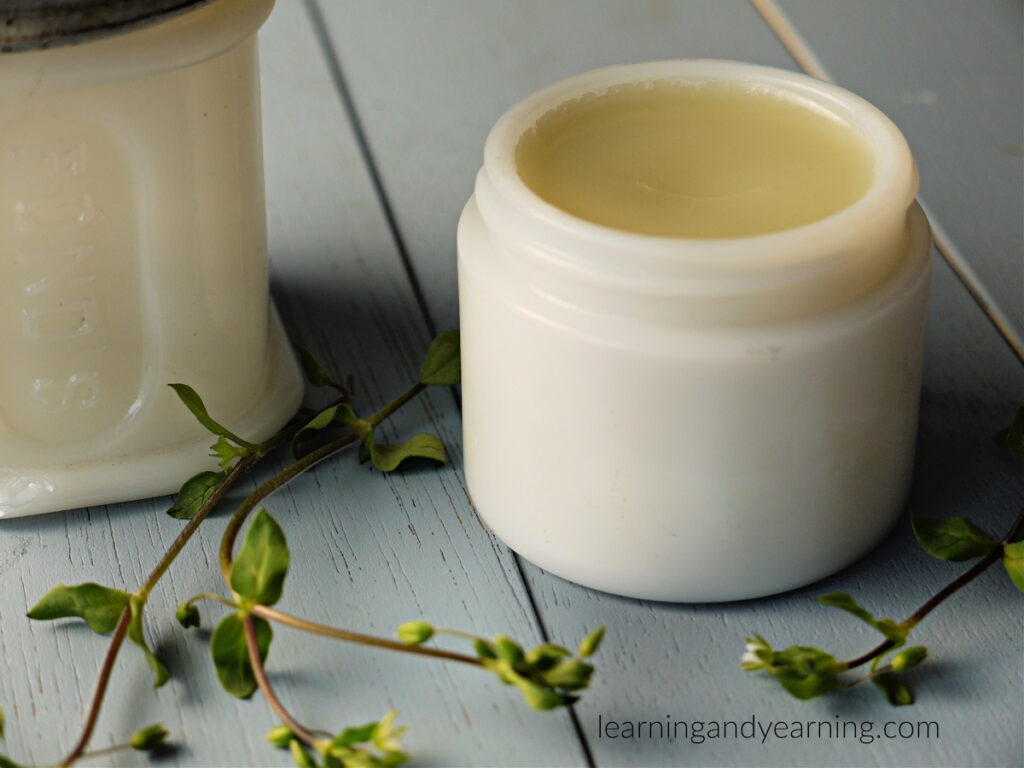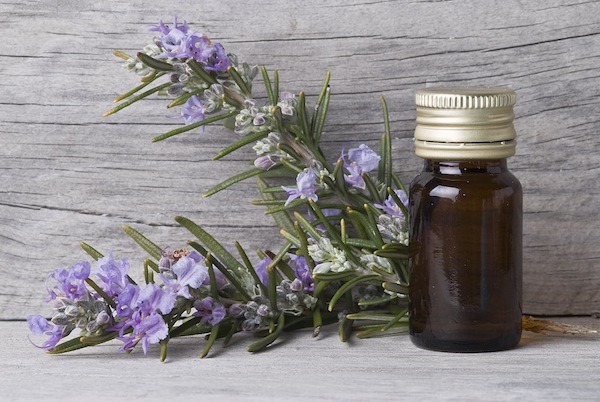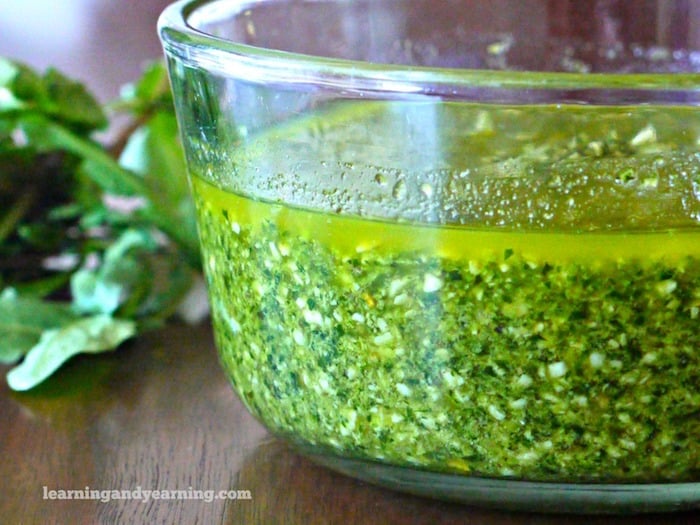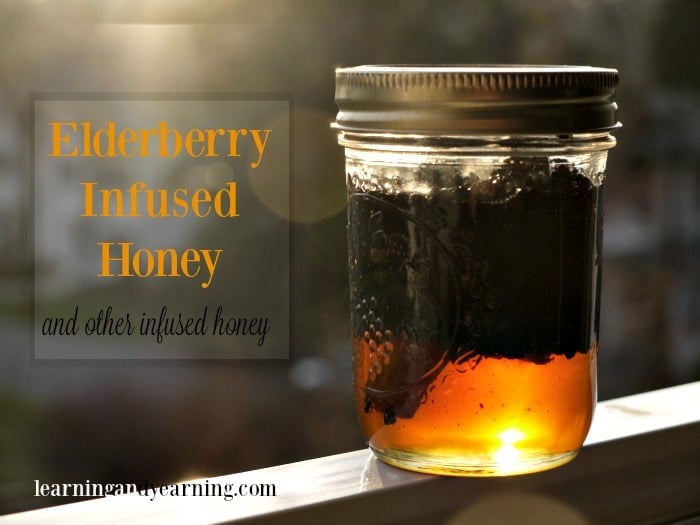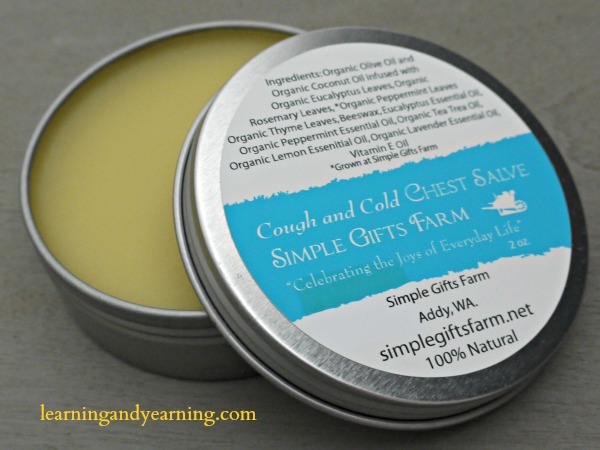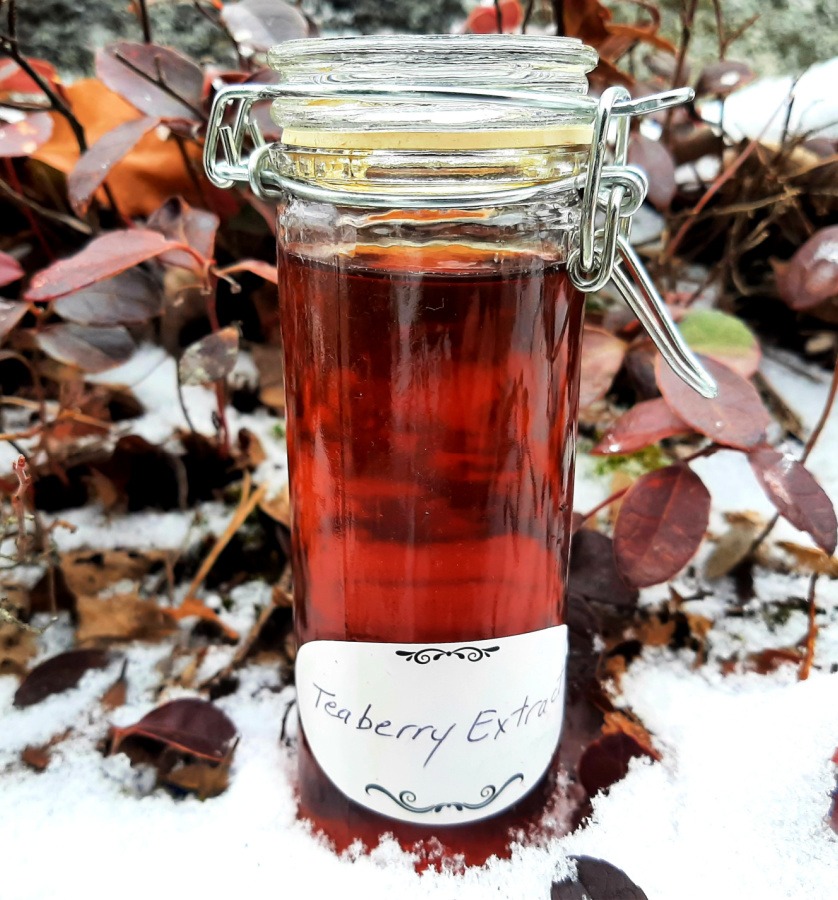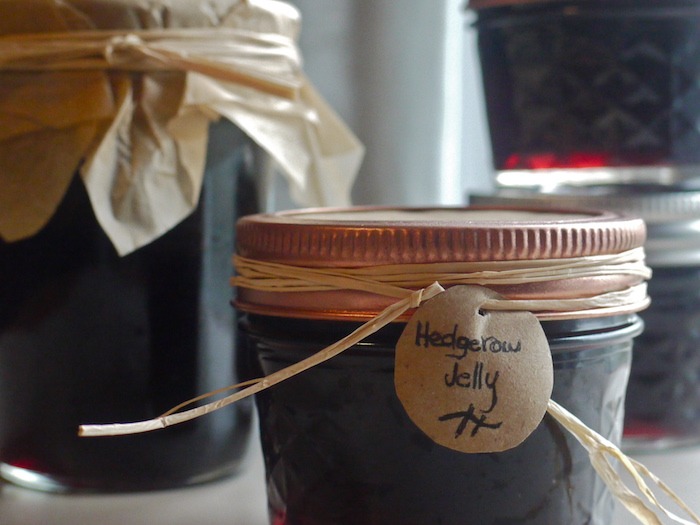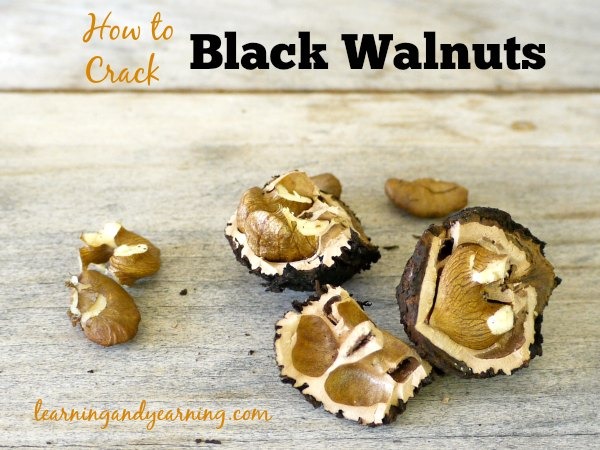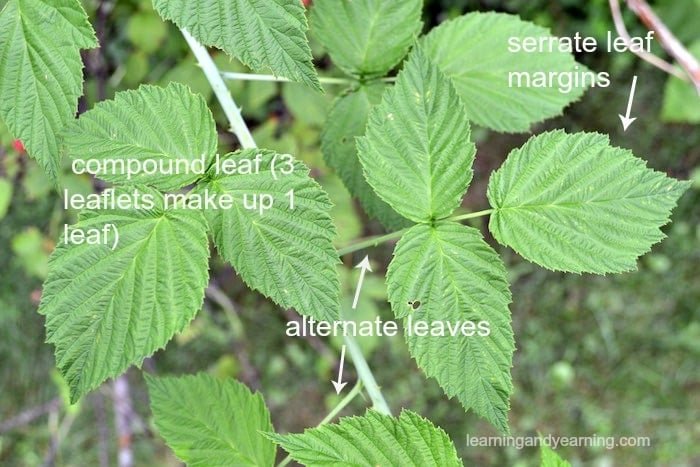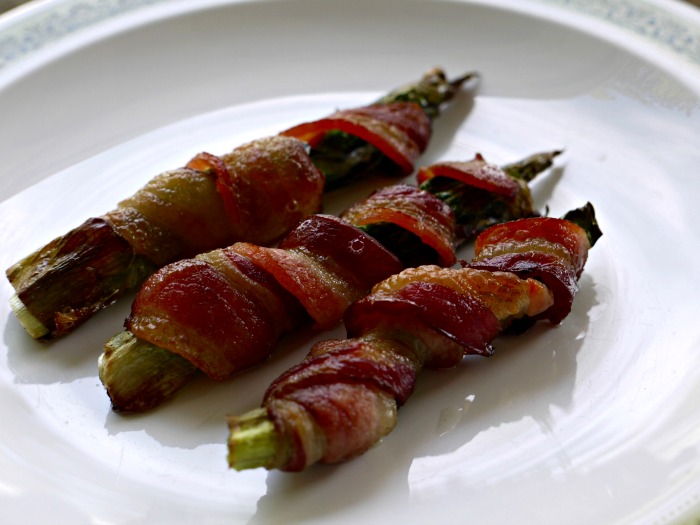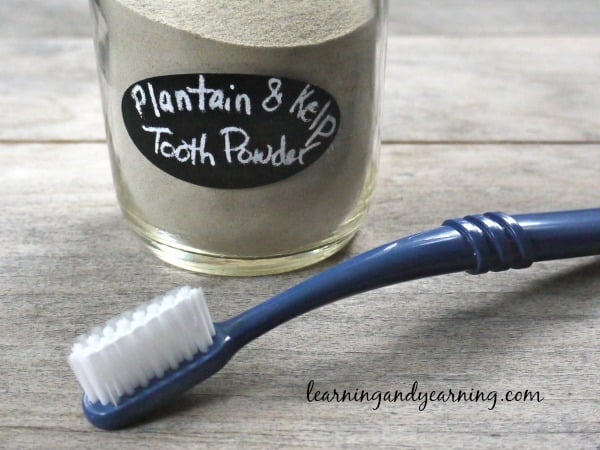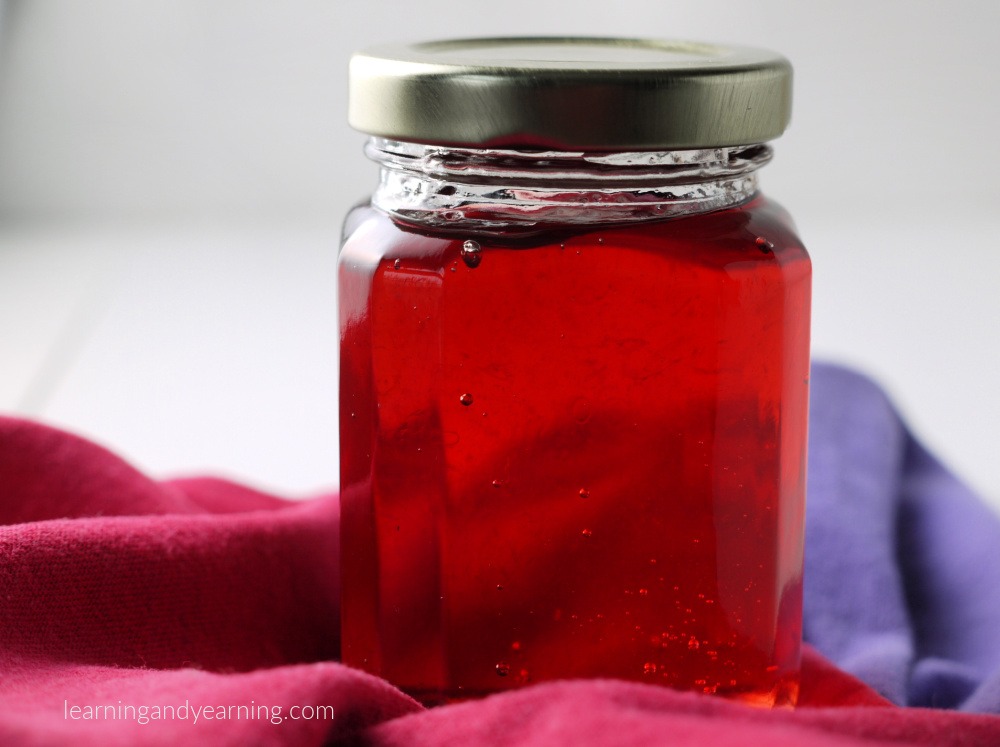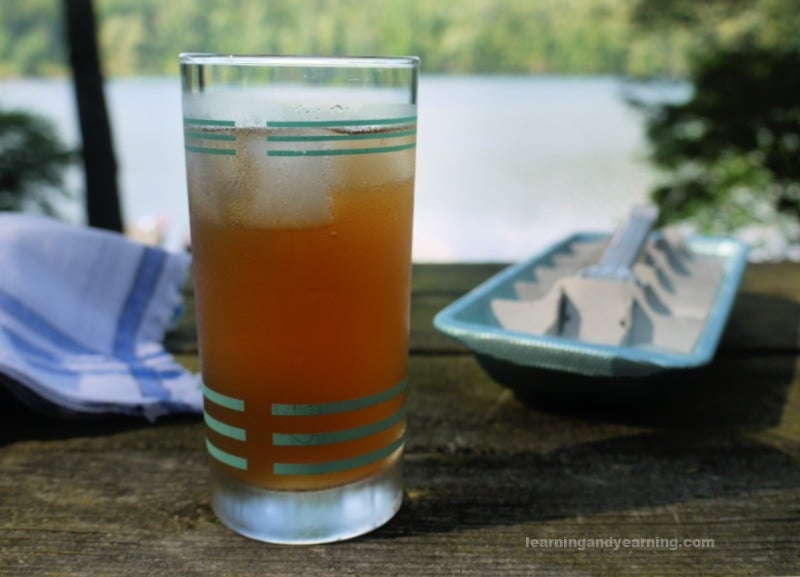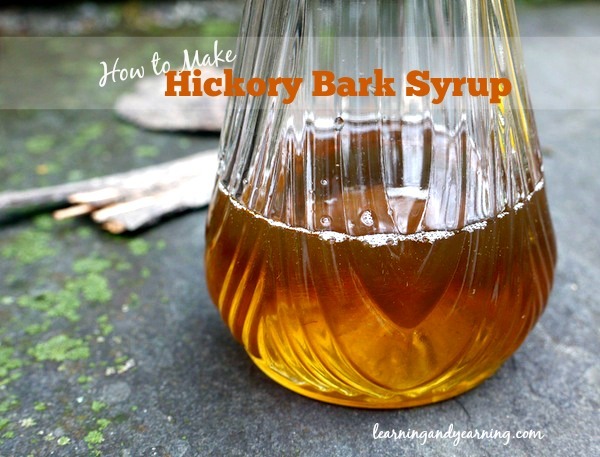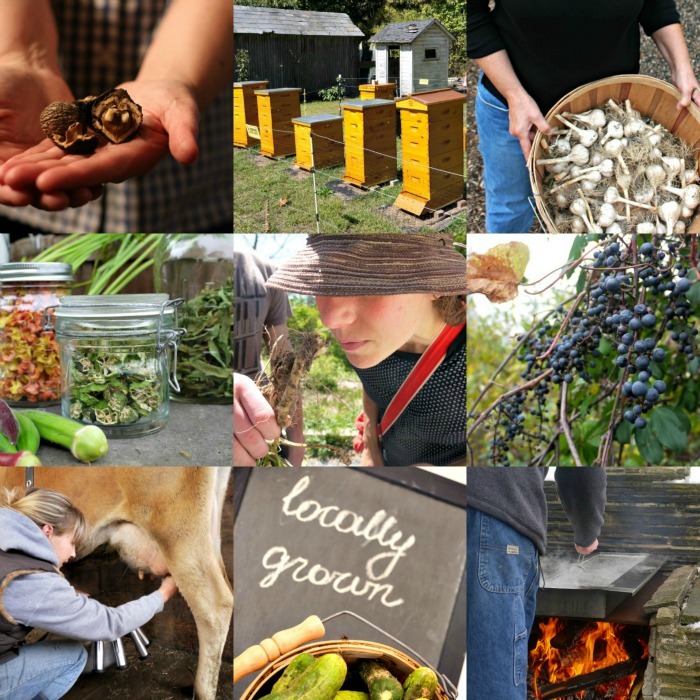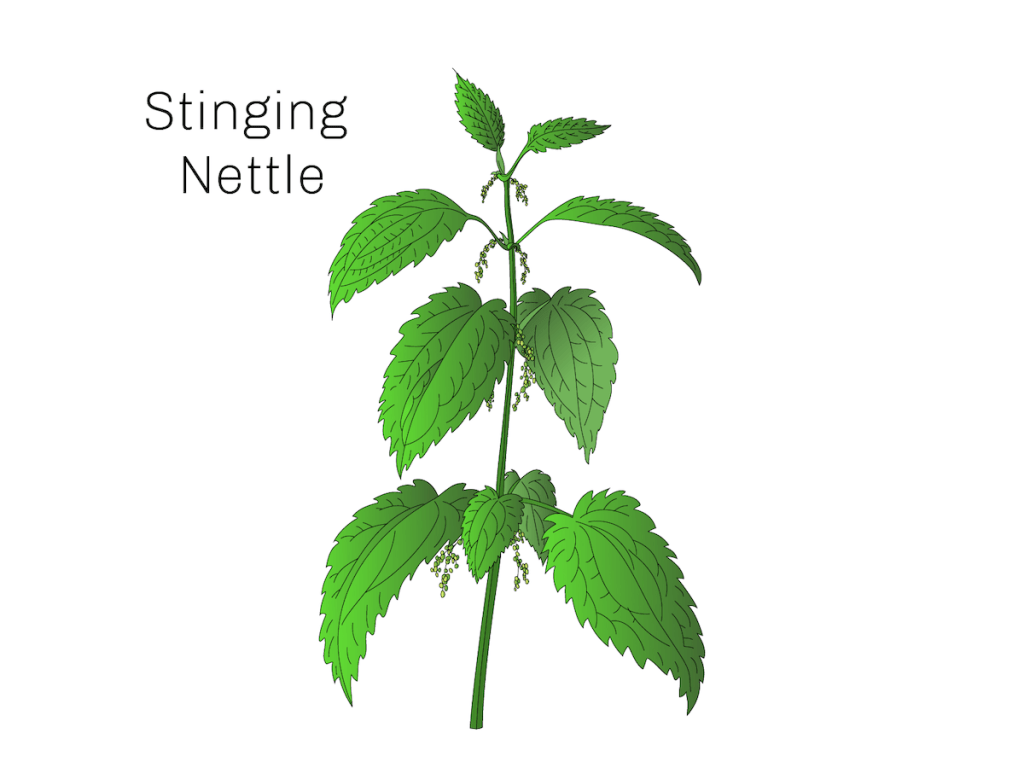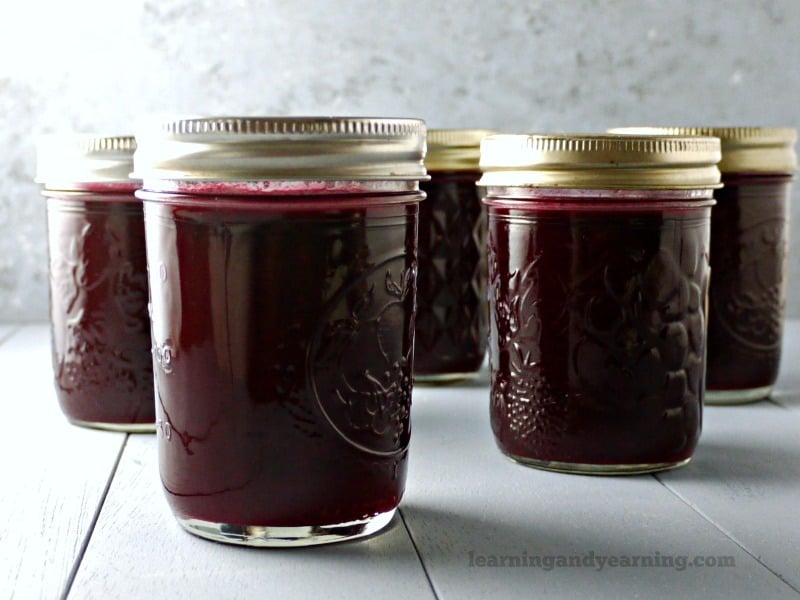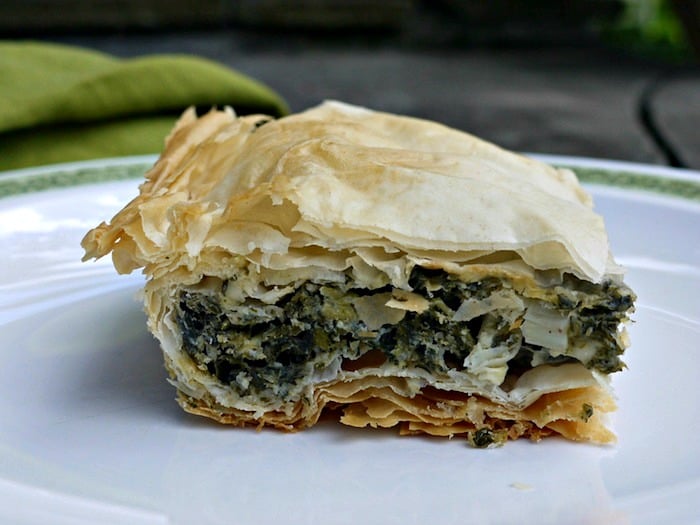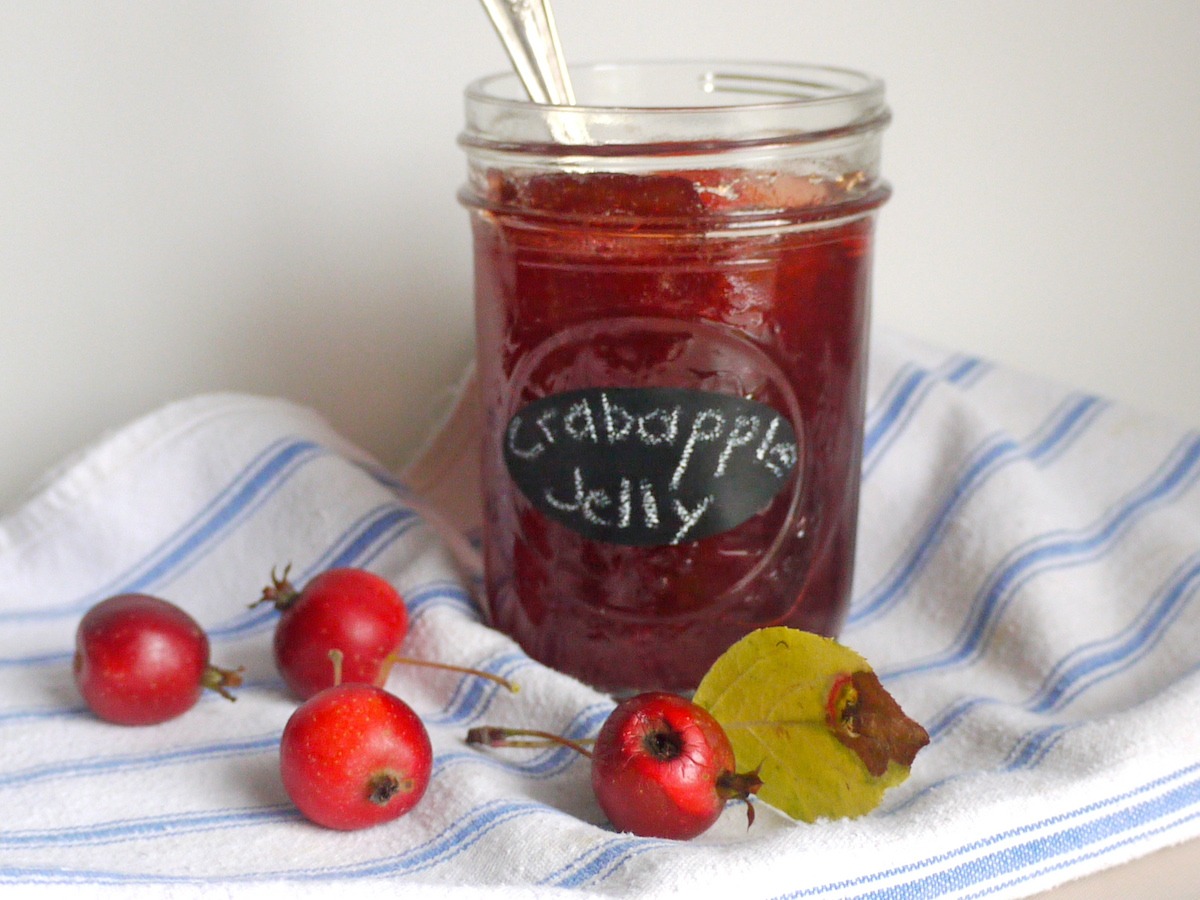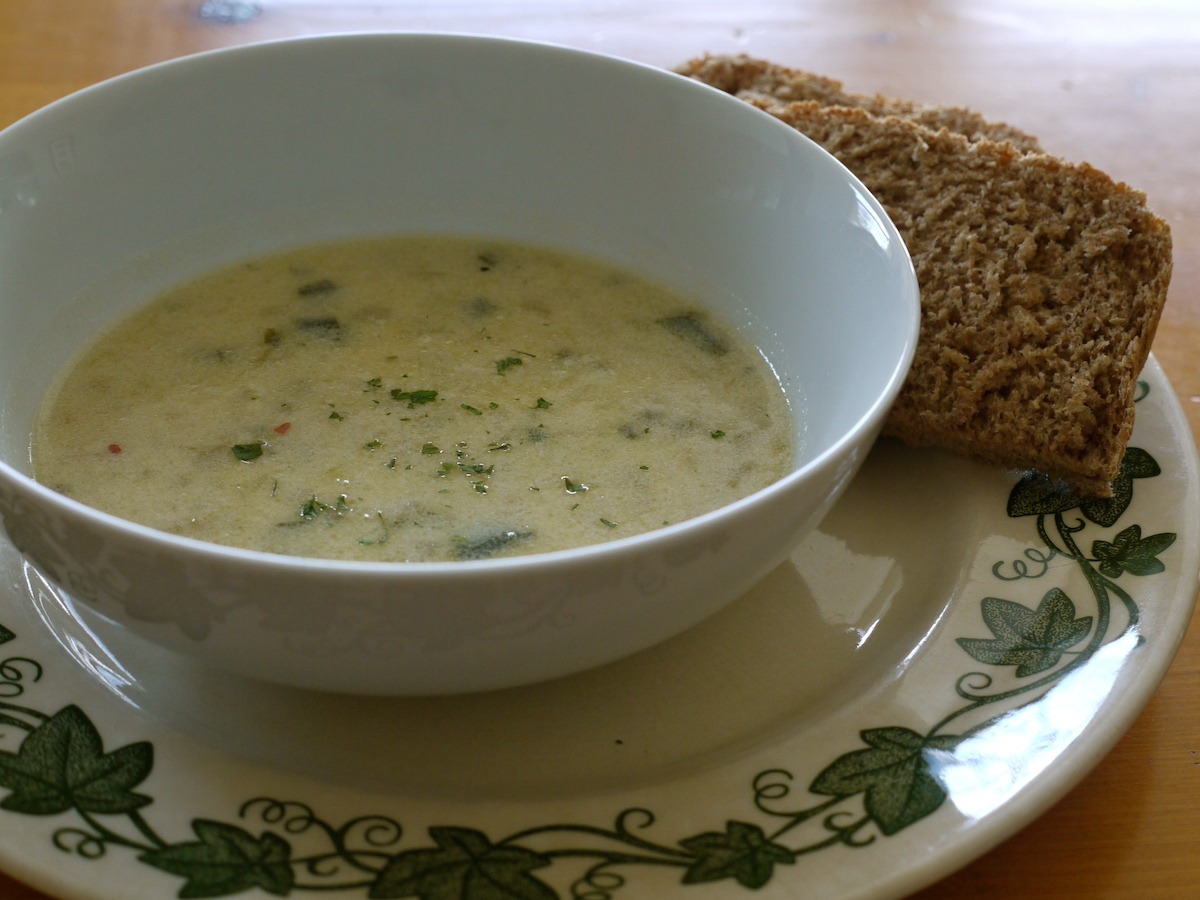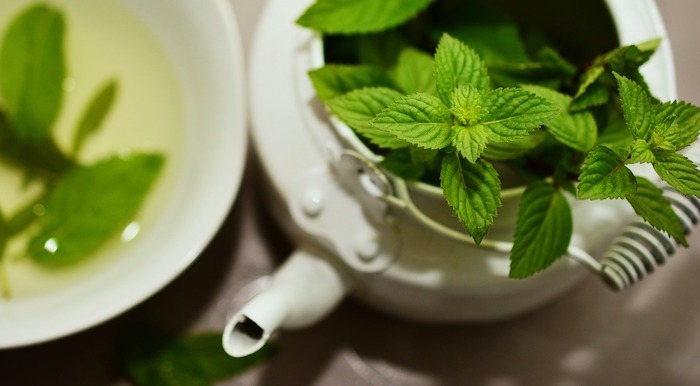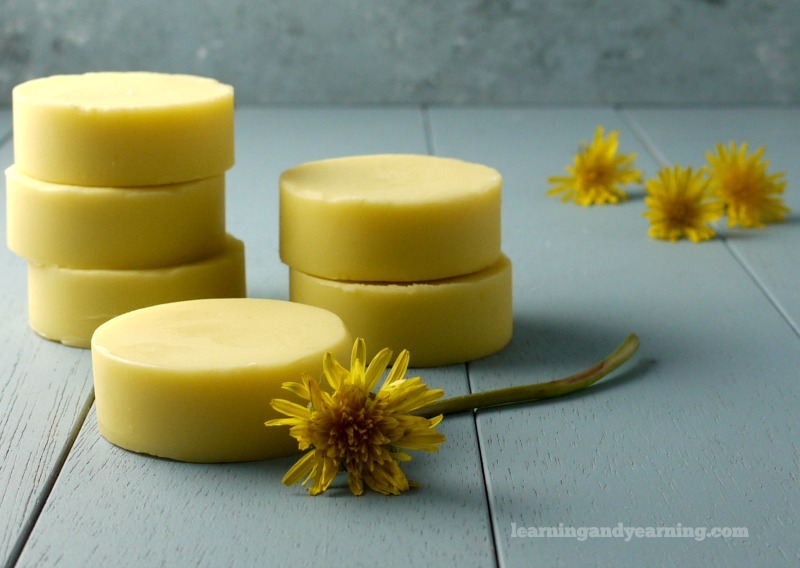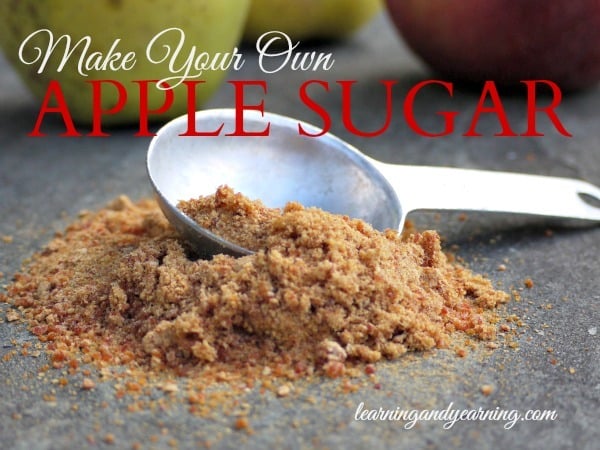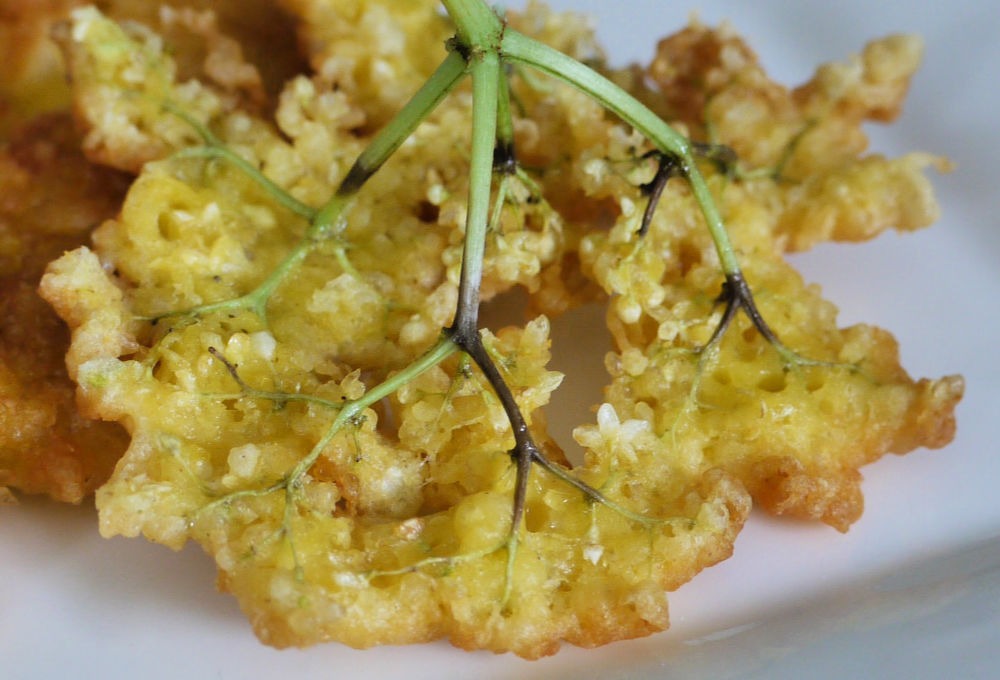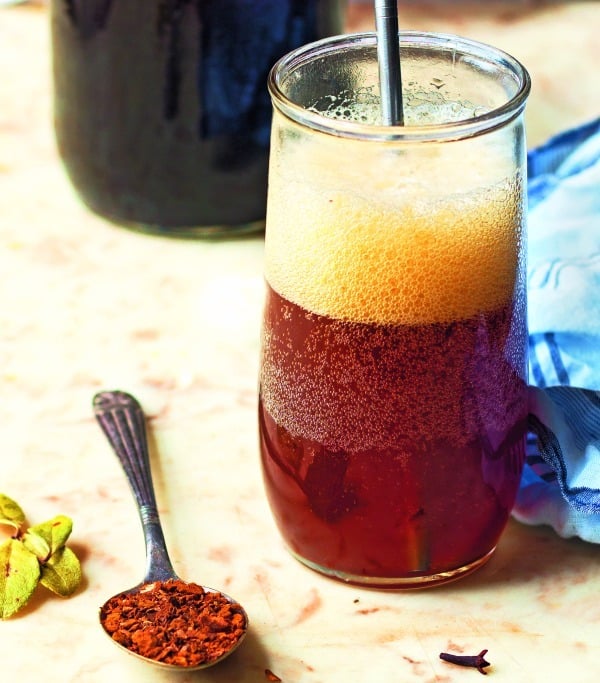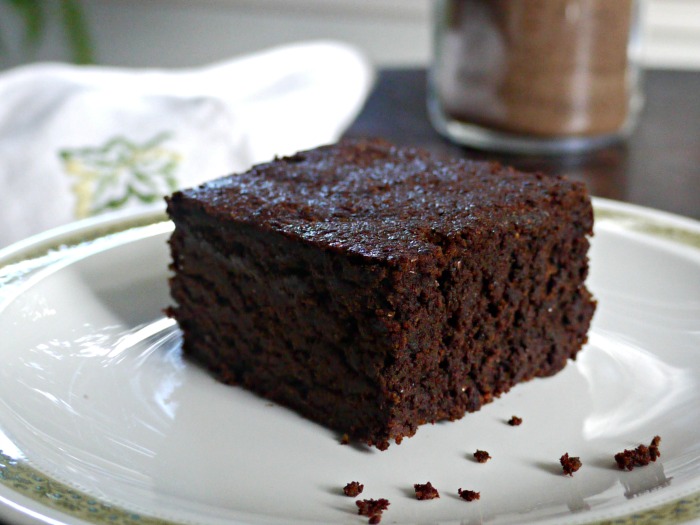What is Pine Resin and Why Do Trees Produce it?
Have you noticed, while walking among pine or other evergreens, that some trees exude a sticky substance? This is pine resin and is produced as a healing and protective measure when a tree is wounded.
The pine resin is antimicrobial and works to protect the plant from disease. Those same components can help to fight bacteria and fungus on our bodies, as well, making pine resin a great item for your home first aid kit.
My first experience with pine resin salve was a gift I received from Chris at Joybilee Farm. I happened to have a rash on the back of my ankle which was not responding to Plantain Balm, which I use frequently for skin irritations. The Pine Salve that Chris sent healed the rash with just a few applications. I was now on the hunt for pine resin so I could make my own.
But the pine salve is not just for rashes. It’s also an effective healing agent on cuts and bruises, helps to draw out splinters, and can be rubbed on your chest for congestion.
How to Harvest Resin
Pine resin is extremely sticky and not always easy to remove, so be sure to wear old clothing when collecting it. A glass jar that was headed for the recycling bin and an old butter knife are all that is needed to collect it. You’ll want to keep these items for this use only since they will be difficult to clean afterwards.
The resin is healing the tree, so your first consideration is to leave plenty for the tree after collecting. Use your knife to scape just the outer layer of resin from the tree. In colder weather, it may be hard and you may be able to break it off, rather than scrape it.
Tree Sap Remover
Rub some melted tallow, or other fat or oil, onto your hands to remove the pine resin. Then wash with soap and water.
Use alcohol to remove the tree sap from your clothing. Some scrubbing will be necessary, so again, it’s best to wear something old that you don’t have to worry about ruining.
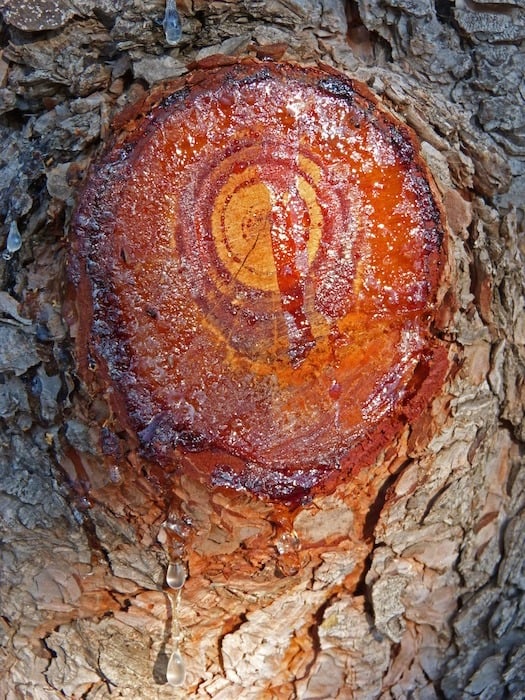
You can see the pine resin dripping where a tree branch has been removed. Since there is so little resin here, it would be best not to harvest.
How to Make Pine Resin Salve
Pine resin is most commonly used, but you can also use spruce or fir resin.
Add as much olive oil as pine resin you’ve collected to your collection jar of resin. Place the jar of olive oil and pine resin in the top of a double boiler (or make your own double boiler).
Simmer very gently on the stove top until the resin melts. This may take several hours.
Strain through a fine mesh metal strainer and return to the double boiler. Clean the strainer with melted tallow or oil in the same way you removed the tree sap from your hands.
For every cup of resin/oil mixture, add 1/4 cup of grated beeswax, or beeswax pastilles. Heat on a very low setting, stirring until the beeswax has melted.
Pour the melted balm into tins or small glass jars and allow to cool.
Store the balm in a cool, dark place.
Other Ways to Use Pine (or Spruce)
Natural Home Remedies for Your Medicine Cabinet
